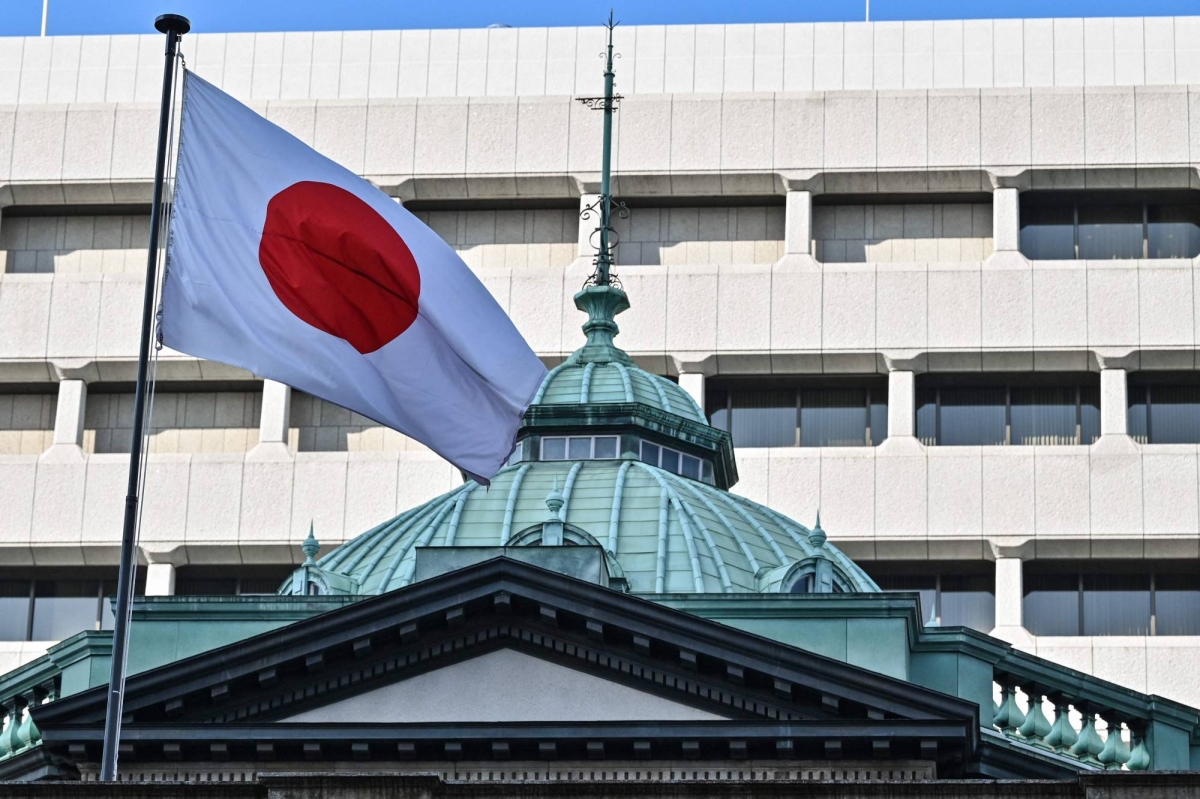





0
The Bank of Japan (BoJ) is anticipated to announce its largest interest rate hike in 18 years this Friday. This move reflects growing confidence in Japan’s economic recovery but also raises concerns about the potential impact on global markets, particularly as uncertainty looms under the leadership of U.S. President Donald Trump.

For years, the BoJ has stood apart from other major central banks, maintaining ultra-loose monetary policies to stimulate economic growth and combat deflation. However, the tide began to turn last March when the central bank raised its rates above zero for the first time since 2007, signaling the end of Japan’s "lost decades" of stagnation. This was followed by another unexpected hike in July, which caught investors by surprise and triggered significant market volatility.
Now, with inflation stabilizing and wages showing signs of improvement, the BoJ appears poised to take another bold step by raising its benchmark lending rate by 25 basis points to 0.50%. This would be the highest rate since 2008, a stark departure from the BoJ's previous crisis-era policies.
Unlike the surprise hikes of 2023, the BoJ has actively prepared markets for this decision. According to a Bloomberg News survey, nearly three-quarters of economists expect the hike to go ahead, barring unforeseen economic shocks. BoJ Governor Kazuo Ueda had previously set two critical conditions for raising rates: sustained wage growth and market stability. Both conditions now seem to have been met, paving the way for Friday's announcement.
Analysts predict that the central bank will also signal its intention to implement further rate hikes, provided Japan’s economic recovery remains on track. Such a forward-looking stance could set the stage for Japan to move closer in line with global monetary trends.
The BoJ’s decision is expected to have significant implications for the USD/JPY exchange rate. A hawkish stance, coupled with a rate hike, could initially strengthen the Japanese yen against the U.S. dollar. However, market reactions may be influenced by how clearly the BoJ communicates its future policy intentions.
If the central bank signals further hikes in the near term, such as in March, the yen could see sustained gains. On the other hand, if the BoJ emphasizes a cautious, data-dependent approach, the yen may resume its downward trend against the dollar.
Investors are also keeping an eye on U.S. political developments, particularly President Trump’s tariff policies, which could spark broader market volatility.
Despite the optimistic outlook, the BoJ faces several risks. A sharp rise in borrowing costs could put pressure on Japanese businesses and consumers, while external factors such as geopolitical tensions and U.S. fiscal policies remain unpredictable. Additionally, any mixed signals from Governor Ueda during his press conference could dampen investor confidence.
Ultimately, Friday’s decision marks a pivotal moment for Japan’s monetary policy and its place in the global financial landscape. As the world watches, the BoJ's actions will not only shape the trajectory of the yen but also offer insights into how Japan navigates its post-stagnation era.
More Coverage
Risk Disclosure:Derivatives are traded over-the-counter on margin, which means they carry a high level of risk and there is a possibility you could lose all of your investment. These products are not suitable for all investors. Please ensure you fully understand the risks and carefully consider your financial situation and trading experience before trading. Seek independent financial advice if necessary before opening an account with BCR.